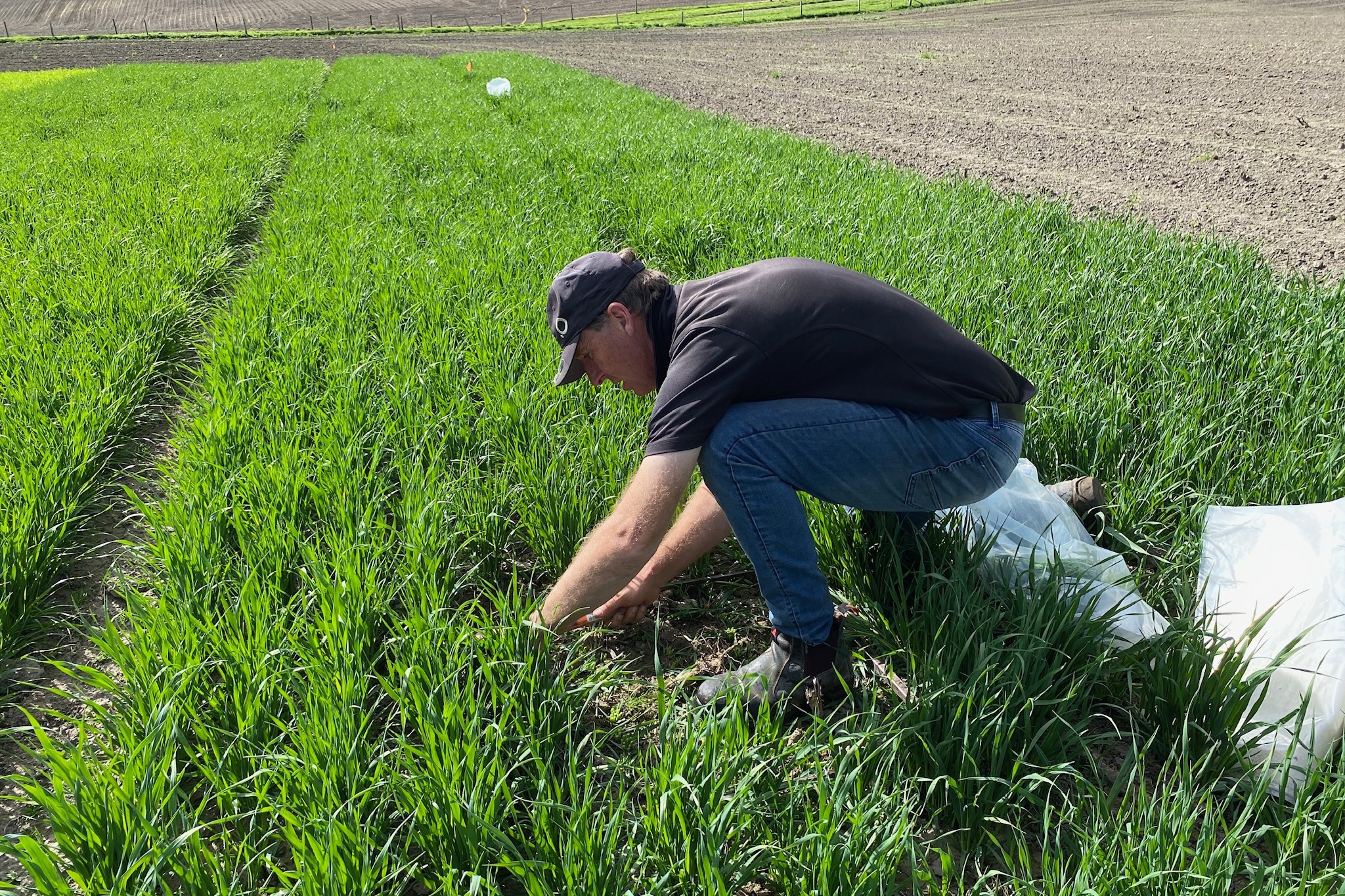The right time to mow
Deciding what you want feed for will determine the best time to mow grass for supplementary feed.

DECIDING WHAT YOU WANT FEED for will determine the best time to mow grass for supplementary feed.
Professor Derrick Moot from the dryland pastures research group at Lincoln University said there was an inverse relationship between quality and quantity. Farmers know the longer silage is allowed to grow the taller it gets.
To support that height, it required fibre to hold up the plant.
If a farmer wanted feed for maintenance, then bulk was fine, go for quantity, Moot said.
However, if he wanted to milk cows from it, Moot said the grass needed to be cut when it had just had the seeds emerging pre-anthesis to have quality.
“That pre-anthesis cut might be 3.5 tonnes drymatter (DM)/hectare but cut two weeks later when it is mature, you might have an extra 1–1.5t/DM but quality will have declined.”
He said then it depended on costs.
The quality of grass-based silage depended on the closing time and stage of growth at cutting. The earlier it was shut-up the more leaf the plant would grow before going to seed. The time of seed head emergence was reasonably consistent year to year, and was based on temperature and photoperiod.
“You cannot stop the ryegrass going to seed, those seed heads were formed during the winter. You can only allow more leaves to accumulate before the seed heads’ emergence from earlier shut-up.”
If the paddock was shut-up too late, the seed heads would still emerge at the same time but with less leaf.
There were a couple of rules of thumb for different pastures. Grasses could support about 2t DM of high quality metabolisable energy (ME) 11+, but after that the quality declined. That was because the new leaves had to grow taller to reach the light, needed more fibre, and the older leaves started to yellow and die. This was not a problem if hay or bulk feed was wanted, Moot said.
“It’s always better quality when fed directly than when conserved, but the quality of decline depends on the stage of cutting, conditions during making, and storage.”




